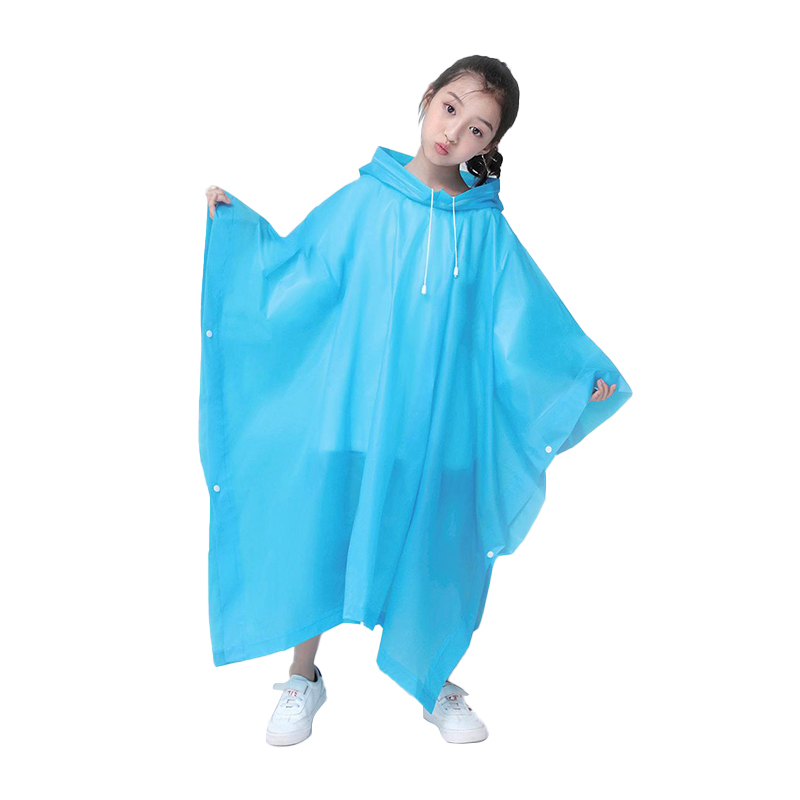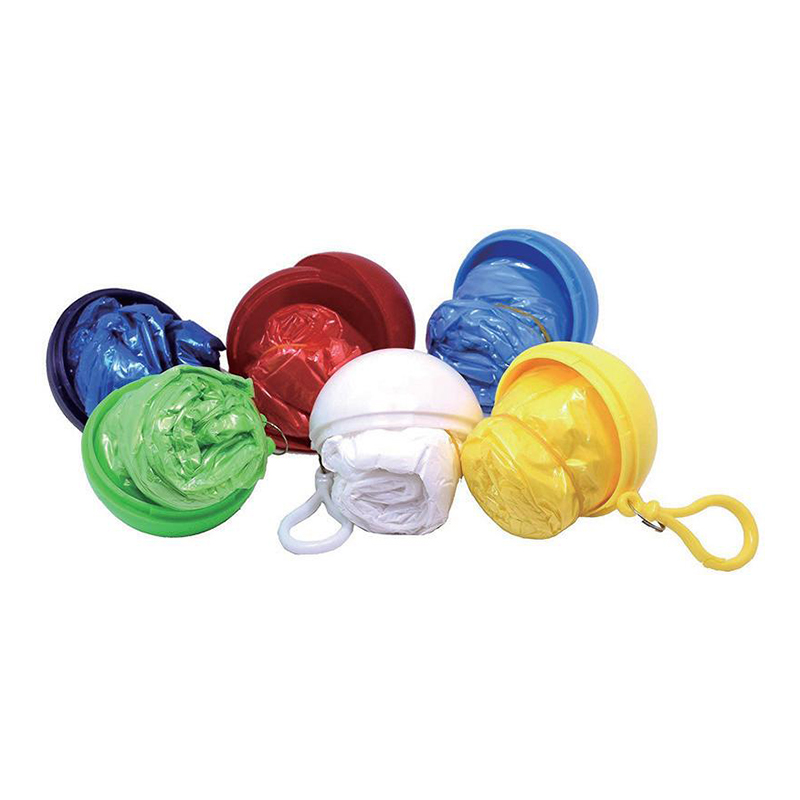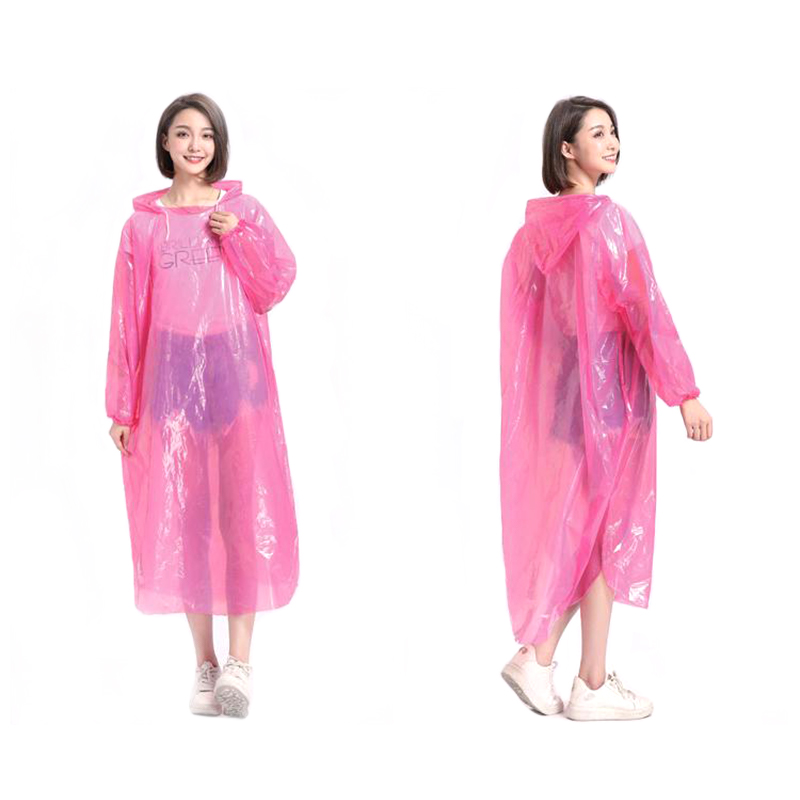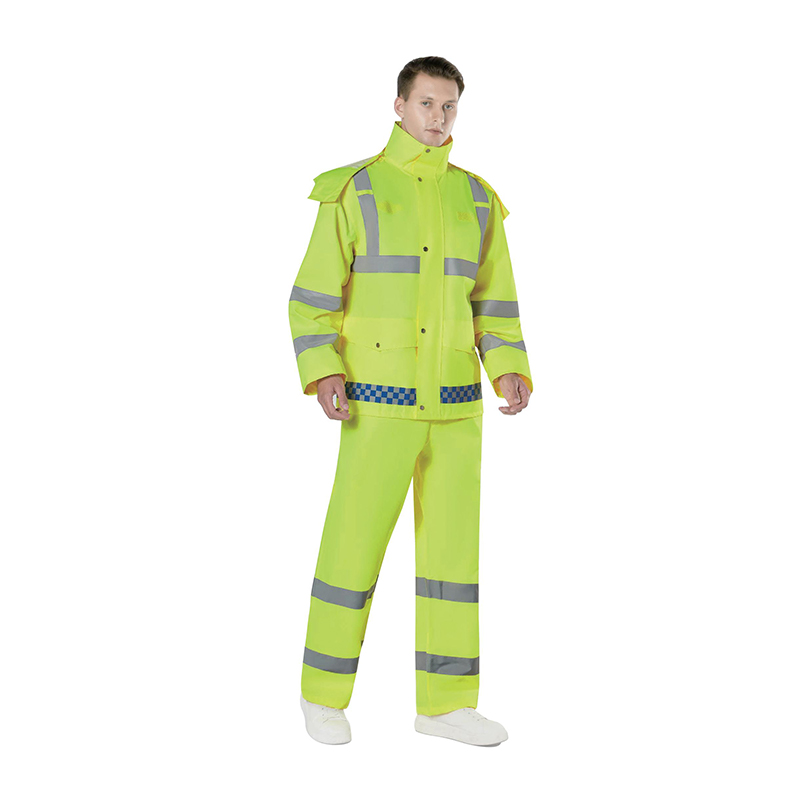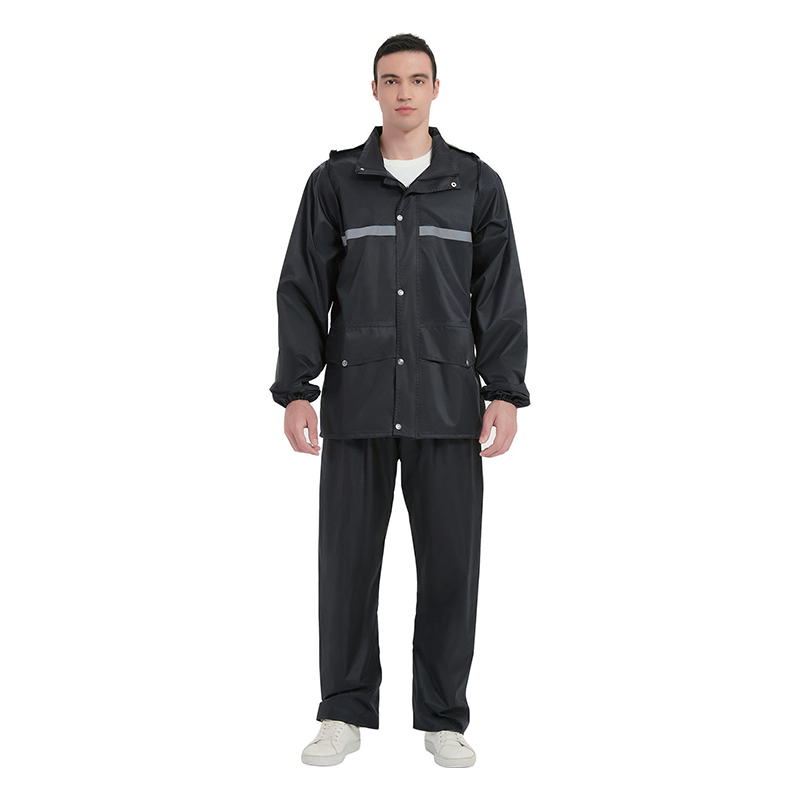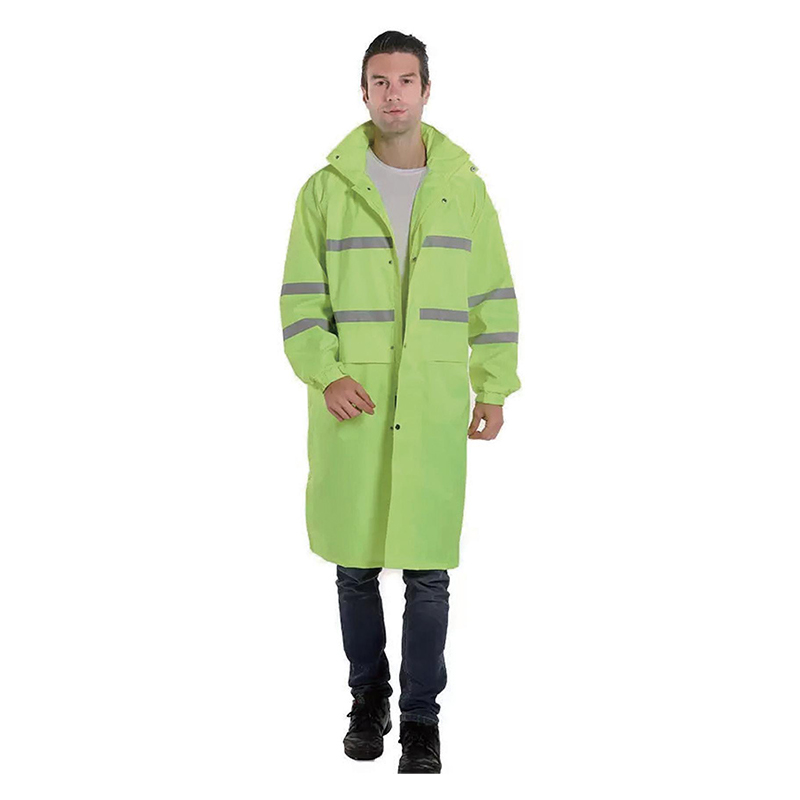Buoyancy: Breathable chest waders are designed primarily to keep the wearer dry while allowing moisture and perspiration to escape, thus enhancing comfort during prolonged use. Unlike inherently buoyant materials like foam or inflatable devices, breathable waders do not provide buoyancy. Any air trapped inside the waders may briefly contribute to buoyancy, but this effect is minimal and unreliable for flotation purposes. Therefore, it's crucial to understand that breathable chest waders should never be relied upon as a flotation device or life-saving equipment in water emergencies.
Water Ingress: One of the critical safety considerations when using breathable chest waders in deep water is the risk of water ingress. If a wearer falls into deep water, the waders can quickly fill with water through the openings or seams, significantly increasing the weight being carried. This sudden increase in weight can impair mobility, make it challenging to swim, and compromise safety. To mitigate this risk, it's essential to ensure that the waders fit snugly and securely around the chest and waist. Wearing a wader belt tightly around the waist can help create a seal and slow down the ingress of water, providing valuable time to react and potentially avoid full submersion.
Fit and Security: Achieving a proper fit is paramount when it comes to maximizing both the safety and performance of breathable chest waders. Waders should fit snugly around the chest, hips, and legs without being restrictive, ensuring comfort and reducing the risk of water penetration in the event of an accident. The use of a wader belt is highly recommended as it serves to further secure the fit around the waist. A properly secured belt not only helps prevent water from entering but also traps air within the legs of the waders, aiding buoyancy and potentially allowing the wearer to remain afloat in an emergency.
Material Considerations: The breathable materials used in chest waders allow moisture and heat to escape while keeping water out, which contributes to overall comfort during use. This feature is particularly advantageous during physical activities such as fishing or wading, as it helps regulate body temperature and prevents overheating. However, it's important to note that while breathable materials improve comfort and performance, they do not contribute to buoyancy or flotation capabilities in water.
Emergency Procedures: Familiarity with emergency procedures specific to water-filled waders is crucial for maintaining safety in challenging conditions. Techniques such as bending the knees to trap air in the legs of the waders and using a controlled flutter kick to maintain buoyancy can help in staying afloat and conserving energy. Understanding how to efficiently remove or partially remove waders in the water, if necessary, can reduce drag and improve overall mobility during emergencies.
